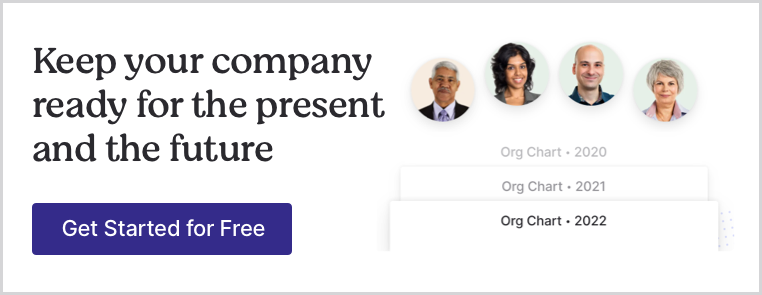There’s no shortage of news stories about companies undergoing reorganization due to a merger, a spin-off of a business unit, or market conditions that require retrenchment or layoffs. As a company grows or undergoes changes to remain competitive, the chances it will reorganize or restructure in some way is likely. However, a reorganization can be challenging, and in many cases, unsuccessful. According to research conducted by McKinsey & Company, only 23 percent of corporate reorganizations are deemed successful by the companies undertaking them.
Although it can be challenging, corporate reorganization can be a success. Here are four common struggles associated with corporate reorganization and some tips for overcoming them:
1. Moving from Strategy to Execution
A range of internal or external forces can require a course correction in the strategic direction of a reorganization. In fact, there are often so many moving parts that it can be difficult to be sure all bases are covered. Reorganizing can impact not only company leadership and employees, but also customers, suppliers, and other important stakeholders.
Given the impact of a company reorganization on just about every employee and process in the company, it’s necessary to establish a detailed plan for execution that will cover every aspect of the business impacted by the reorganization, and timing for key steps along the way. Tools that can help in planning and keeping track of the all the areas impacted by a reorganization include project management software and live org charts that help decision makers consider a range of organizational design scenarios.
2. Talent Gaps and Overlap
A corporate reorganization changes the roles of employees, whether in the form of newly assigned management responsibilities or a change in team accountabilities. In the case of a reorganization that follows a merger or acquisition, there are often pockets of overlapping roles or gaps in leadership.
Modern org chart technology can help identify talent overlap or gaps in the midst of a reorganization. Where a static org chart provides a single view of the organization structure at one given point in time, a live org chart can help identify talent gaps or overlap in teams. For example, business leaders and HR can insert placeholders in the org chart that support long-term workforce planning.
3. Leader Involvement
A corporate reorganization is often a sensitive undertaking, sometimes resulting in a layoff or significant change in individual roles. As a result, much of the planning is conducted confidentially. However, it can be helpful to include leaders outside the C-suite in the planning process, so that they can prepare their teams and also help employees understand changes that are occurring in the company.
One survey found that one of the top five reasons for a failed reorganization is resistance by company leaders. To ensure leaders are supporting and helping implement a reorganization rather than resisting it, share versions of the live org chart with key leaders in order to bring transparency to the planning process.
4. Employee Communication
Most people can grasp the realities of a corporate reorganization if they have clarity about the reasons for change and how it impacts their role and team. But if employees are in the dark, there’s a chance they’ll be more likely to listen to rumors or make their own assumptions about key company decisions. Clear and frequent communication to employees about reorganization—whenever possible—helps to avoid anxiety and distraction. Town hall meetings, one-on-one discussions, and smaller team meetings give employees opportunities to ask questions and get more comfortable with the changes that are occurring. Once the reorganization has taken place, a live org chart can keep employees informed of new changes, allowing them to see how their role aligns with others in the new structure.
Tools to Help Corporate Reorganizations
Corporate reorganization can be challenging for any business. With a solid plan and the right tools, companies can overcome some of the common struggles associated with reorganizing. Reorganization planning has come a long way from closed-door sessions spent poring over paper org charts. Modern live org chart technology gives business leaders the ability to share reorganization plans with key leaders and help employees see where they fit into the newly restructured organization.
